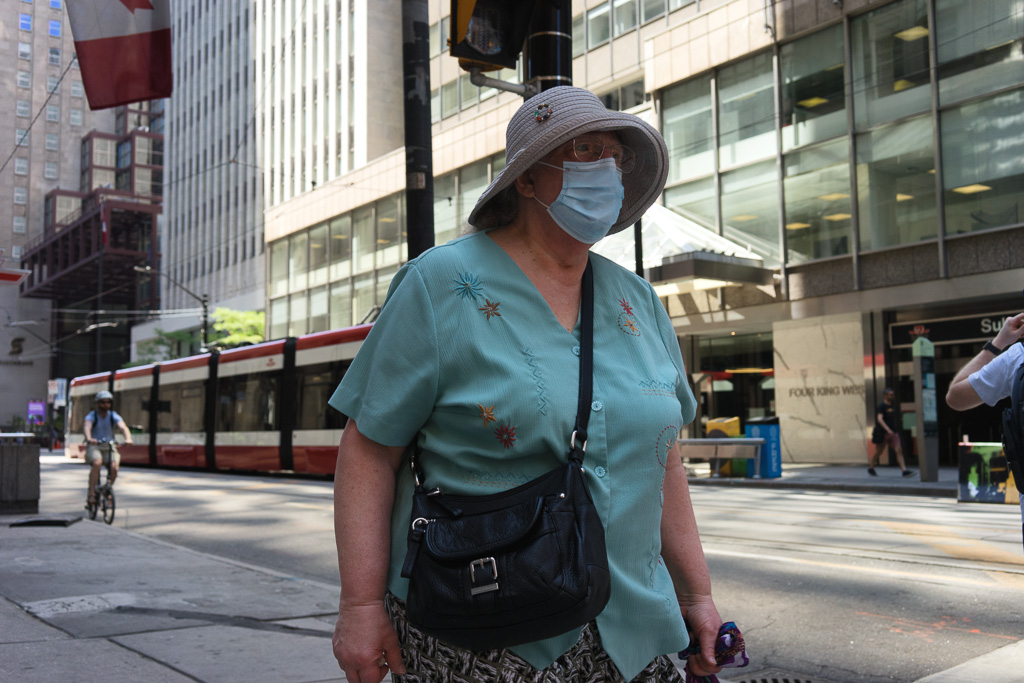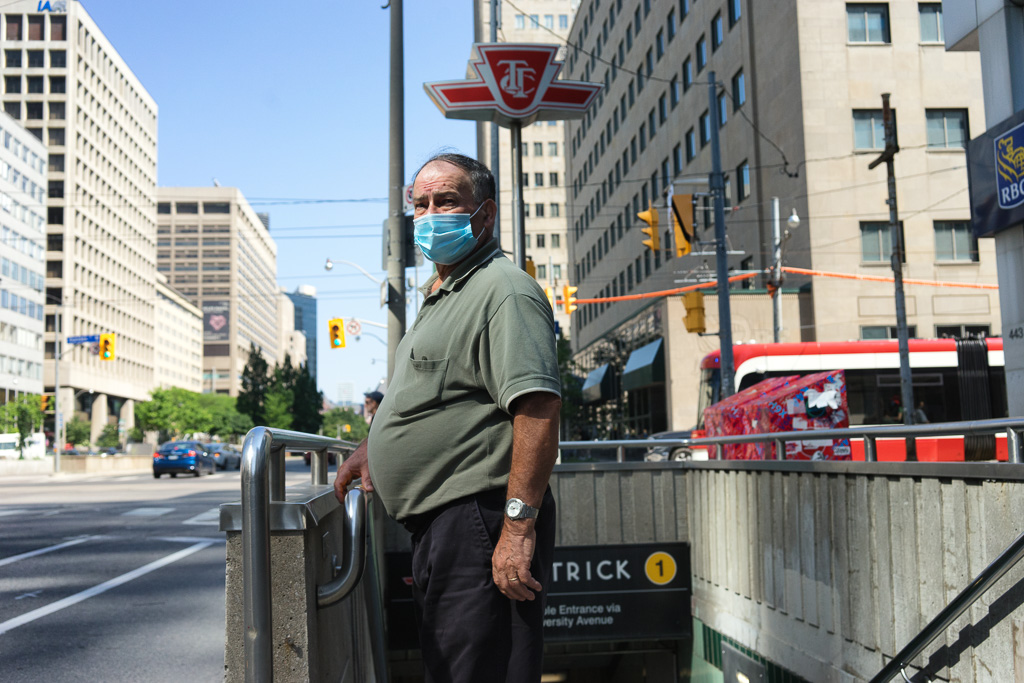In the American cultural scene (and radiating outward to the rest of the world), 9/11 is a threshold. Once America crossed that threshold, nothing could ever be the same. American enemies had dared to bring death to American soil; the sheer brazenness of that act flouted every ideal that grounds America.
You could see it in pop culture. Watch old episodes of Friends and every now and again you’ll see the twin towers silhouetted in the Manhattan skyline. With those scenes, it’s tempting to find yourself awash on waves of nostalgia for a more innocent time when six white Gen X’ers had nothing more troubling to worry about than falling in love with their dentist and saying good-bye to a pet monkey. But watch current episodes of Law & Order and post 9/11 Manhattan has a different character. It’s harder edged, more worldly wise, more attentive to the possibility of global threats.
The same can be said for American literature. There is a distinct before-and-after feeling when reading American novels. Read Don DeLillo for example and compare White Noise to Zero K, two novels written at the extremes of his career on either side of the 9/11 divide. Or David Foster Wallace with Infinite Jest on one side of the divide and the stories of Oblivion on the other, most notably “The Suffering Channel” which directly addresses 9/11.
Or maybe the feeling is something we bring to our reading. Maybe it’s something even murkier, something embedded in the American zeitgeist that subtly influences both the writing and the reading. As with Friends, novels written before 9/11 are cast in a light of innocence, free of the national suffering that subsequently made American exceptionalism so very exceptional.

And then came Covid-19. Our coronavirus pandemic is problematic for a couple reasons. First, it dwarfs the 9/11 threshold. Second, its global scope makes claims to exceptional suffering impossible. Even America’s enemies suffer with it in the same degree. The only thing exceptional about America’s Covid-19 experience is its incompetence in addressing the situation. Even in this, it isn’t exceptional; it has Brazil as a partner in stupidity.
In cultural terms, will there be an analogous before-and-after sense of things? Assuming there is, how will it play out? What will it look like?
It’s difficult to predict cultural trends given that they arise organically and react to strange influences. In street photography, the most distinctive marker of an after-time is the mask. I can speak only to local experience. Beginning in March, it became a street photography game to see if I could capture mask-wearing people wandering in public. But as things progressed and public health directives underscored the importance of masks as a means of containing Covid-19, mask-wearing became commonplace, so much so that mask-wearing became incidental in the background of unrelated photos. But it’s difficult to say how prevalent this will be and for how long.

Maybe my experience is unique to downtown Toronto where I live. My understanding is that Karens throughout the American South still assert the right to go maskless. Presumably street photography in places like Houston and Tallahassee has not yet assumed an after-time look. That might change once all the Karens have died as they surely will.
But for now, here in my hometown, the number of people going maskless in public goes up by the day. Soon, virtually everybody in virtually every street photograph will be wearing a mask. Maybe the practice will spread, like a virus. Maybe it will go on like that until civilization grinds to a halt and the last photographer’s shutter releases with a loud sproing.

